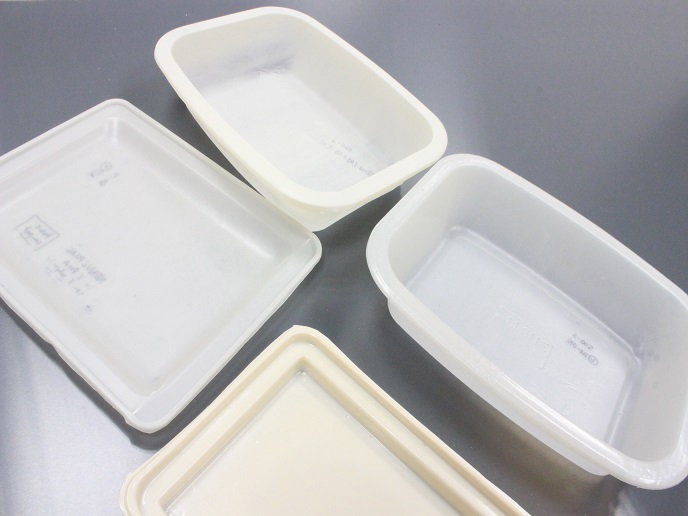Understanding the role of bacterial symbionts in ants
When it comes to digesting food and staying healthy, most animals depend on bacterial symbionts. This is particularly true for farming societies that produce their own food, such as most humans and some ants. In fact, we can learn a lot about the bacterial symbionts that humans depend on by researching fungus-growing ants. Next to humans, fungus-growing ants have realised large and highly complex animal societies – societies that depend on the services of multiple bacterial symbionts. To learn more about the impact this dependence has on the social evolution of ants, researchers with the EU-funded AMIABLE project conducted a uniquely interdisciplinary study of microbial symbiosis. ‘Our focus was on three types of gut bacteria abundant in fungus-growing ants that we recently discovered,’ explains project coordinator Professor Jacobus Jan Boomsma. ‘These bacteria appear to function as nutritional mutualists in this complex symbiosis that has become one of the best-studied model systems of social evolution.’ Digging deeper AMBIABLE’s research builds on earlier studies conducted by the Centre for Social Evolution (CSE) at the University of Copenhagen, which shed light on the composition of bacterial symbiont communities in the guts of attine fungus-growing ants. These studies showed that the microbial gut communities of the most highly-evolved fungus-growing ant lineage, the leaf-cutting ants, is dominated by just a few abundant types of bacteria. AMIABLE took this finding further by conducting transmission electron microscopy studies to show that each of these symbiotic bacteria has structural adaptations for life within the ant hosts, either intracellularly, extracellularly or a combination of both. One of the project’s most interesting findings came from its analysis of dynamic changes in the presence and abundance of gut bacteria during larval development and pupation. ‘From this analysis, we could reconstruct the transmission routes of bacterial symbionts from the egg to the adult stage, both in Acromyrmex and Atta leaf-cutting ants,’ says Boomsma. What researchers found was that the overall bacterial density remains similar across the development stages in Acromyrmex ants. However, the larvae and pupae of Atta ants have a negligible prevalence of bacteria, while adult workers often have many. This suggests that bacterial gut symbionts of Atta are not actively maintained before the adult stage. ‘These results show that transmission pathways for bacterial symbionts can be very different between developmental stages and between sister genera,’ explains Boomsma. ‘The AMIABLE project showed that identifying the mechanisms of bacterial acquisition and loss is necessary to fully understand the putative mutualistic functions of microbial gut symbionts.’ Numerous benefits According to Boomsma, AMIABLE’s work may help Europe meet both its environmental and food safety goals by reducing the use of harmful pesticides. ‘As many arthropod pests and vectors of animal/human diseases live in association with bacteria, increasing our knowledge on symbiont-host interactions facilitates the future development and use of environmentally friendly insect control solutions,’ he says. Leaf-cutting ants are major agricultural pests in neotropical America. For example, in Latin America they are responsible for destroying millions of euros worth of coffee, cacao and sugar cane crops, which has a direct impact on European consumers. ‘Being able to disrupt bacterial symbionts could result in a new approach for controlling these ants in an environmentally friendly way, thus providing economic benefits for both producers and consumers worldwide,’ concludes Boomsma.
Keywords
AMIABLE, bacterial symbionts, microbial symbiosis, transmission electron microscopy, agriculture







